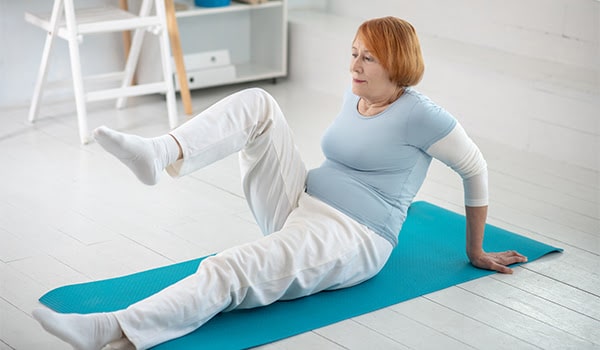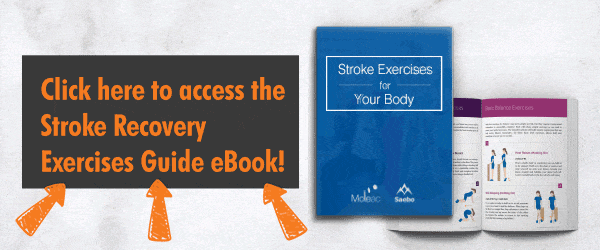

For stroke and traumatic brain injury patients, regaining leg strength and mobility is a major goal throughout their recovery process.
To reach this goal, patients are supported by physical therapists to practice key and basic movements. Physical therapists will suggest exercises to build muscle mass, reduce the risk of spasticity and encourage neuroplasticity. This helps regain vital motions such as standing up, walking and sitting down. With that in mind, here are some useful exercises to encourage leg strength.

These exercises are designed to practice moving individual leg muscles. This helps to decrease the risk of spasticity in the leg muscles and to build essential synapse connections within the brain.
Basic knee lifts
- Sit upright, slightly bend your leg at the knee and place a pillow underneath your knee.
- Slowly lift your foot and straighten your knee, keep it on the pillow at all times. Hold for 3 seconds.
- Lower your foot back to the surface.
- Repeat 3 times for both legs.
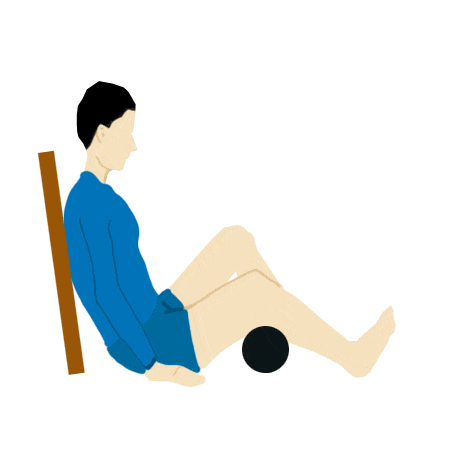
Knee rolling
- Repeat 3 times for both legs your knees. Keep them together and fully bent.
- Gently roll your knees slowly to one side and then roll to the other side. Keep your feet flat at all times.
- Repeat 4 times.
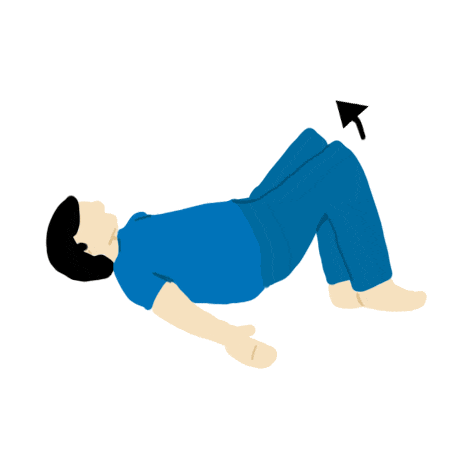

The idea of advanced leg exercises is to get the body to recognise basic movement patterns. As you practice, it encourages neuroplasticity in the brain to form new connections with nerves that assign signals to particular actions.
Sit-to-stand exercise
- Sit on a chair with your back straight and your feet flat on the floor.
- Gently stand up. Push forward with your heels, bending the hips until fully upright.
- Hold for 3 seconds. Slowly lower your body bending at the knees and lowering your heels.
- Finish back in your original starting position.
- Repeat 3 times.
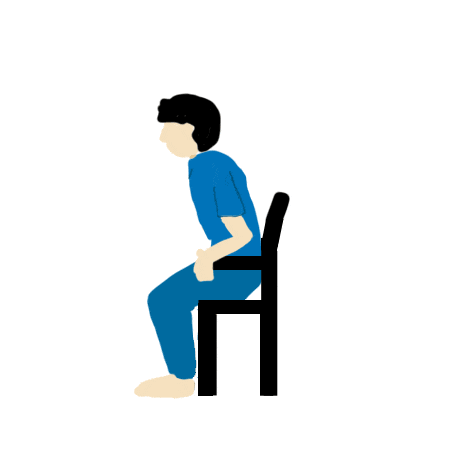
Thigh Lift
- Sit in a chair upright with your back straight.
- Slowly lift your thigh and your leg until your knee is level with your arm. Hold for 4 seconds. Keep your thigh straight when lifting.
- Slowly lower the leg and repeat with the other limb.
- Repeat 3 times for each leg
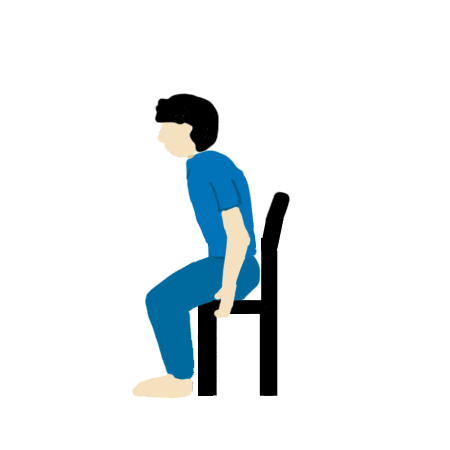

With any exercise, don’t be afraid to ask for assistance or use props to help support you when practising. This prevents any unwanted incidents or setbacks when rehabilitating.
Always work with a physical therapist and a physician to decide which exercises are the most suitable for your needs. You should only move on to more advanced exercises when your therapist recommends them. By doing this, you will progress at the right pace.
Get a leg up on your recovery!
References:
1. National University Hospital Singapore. (2022)
2. Saebo. (2022)
3. Stroke Organization New Zealand. (2017)
Website: Moleac.com
Contact: [email protected]
This document does not constitute the practice of medical consultation nor medical advice. Always seek the advice of your treating physician and/or specialist.
All Rights Reserved by Moleac Pte Ltd, Helios #09-08, 11 Biopolis Way, Singapore 138667


